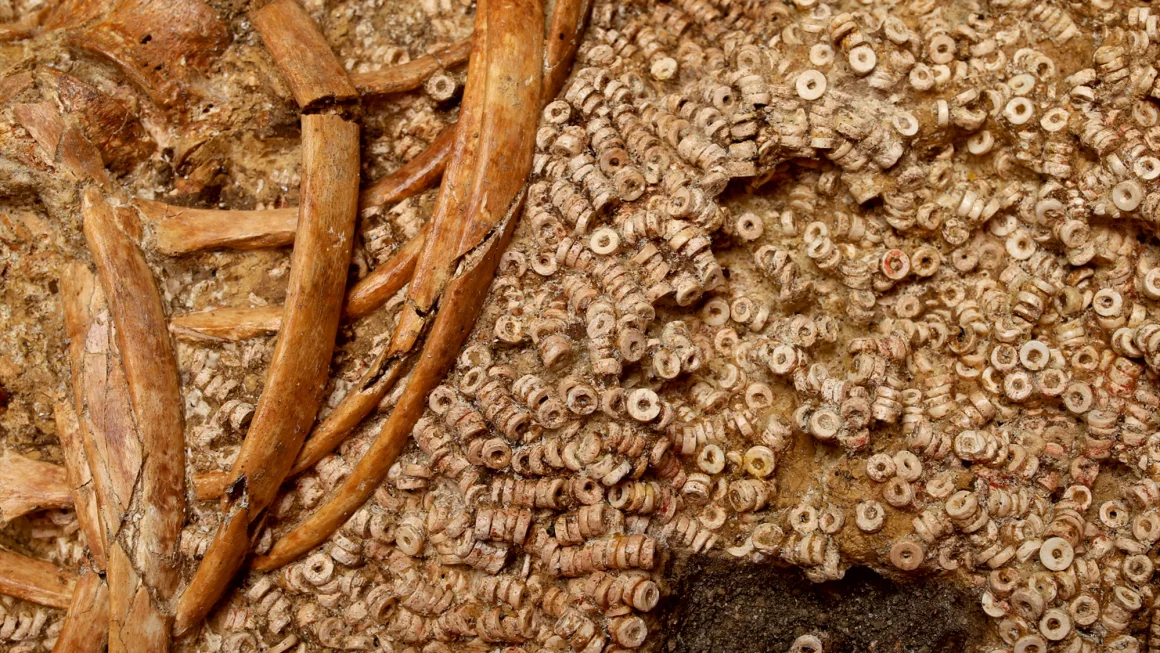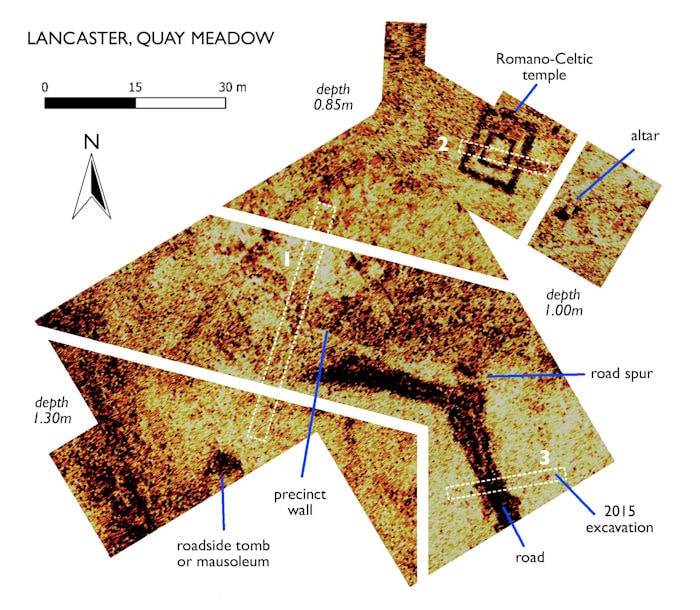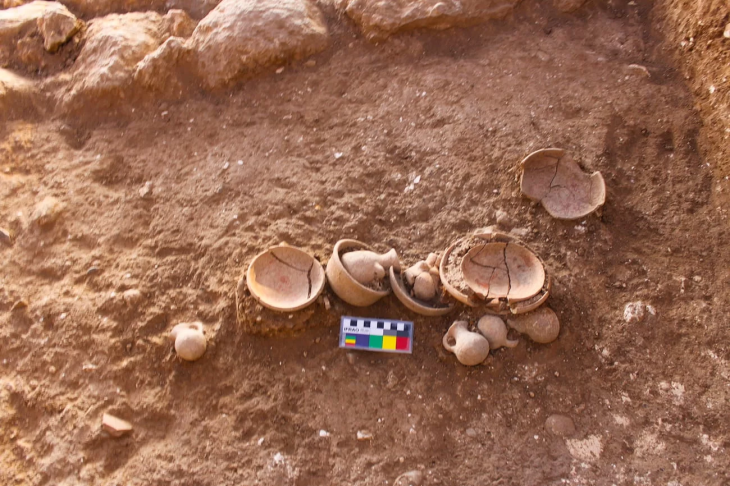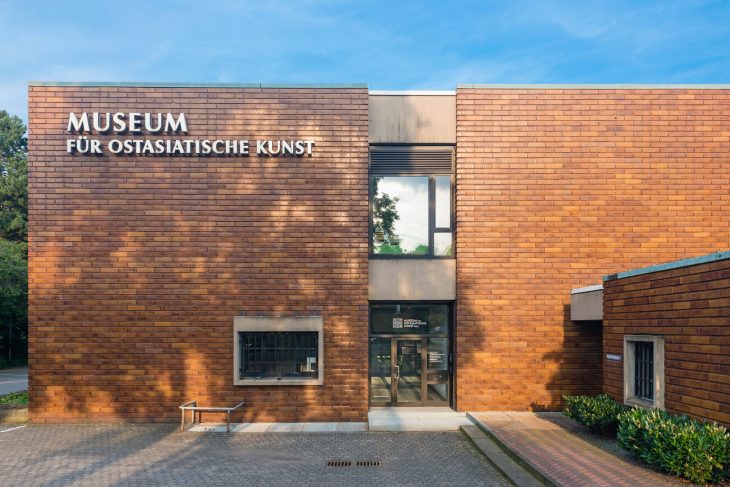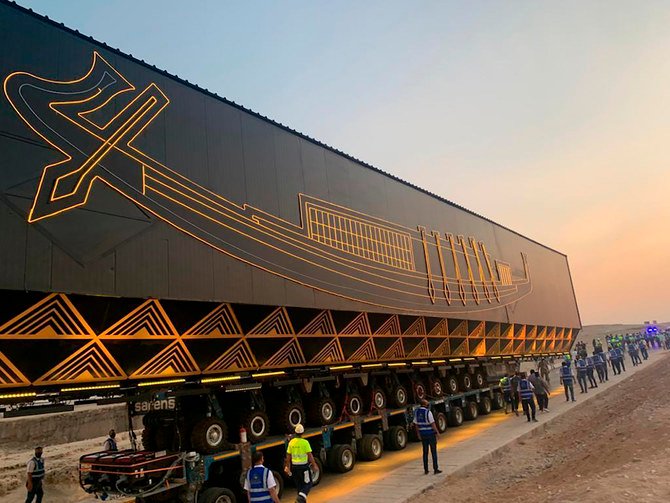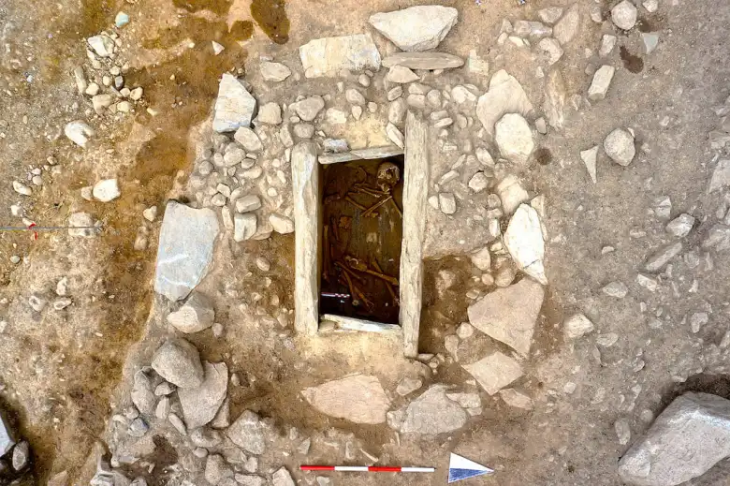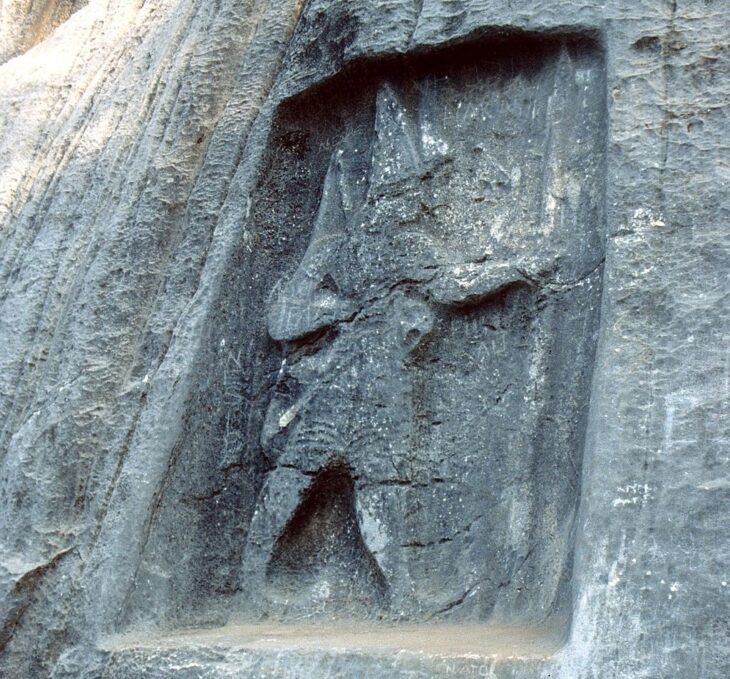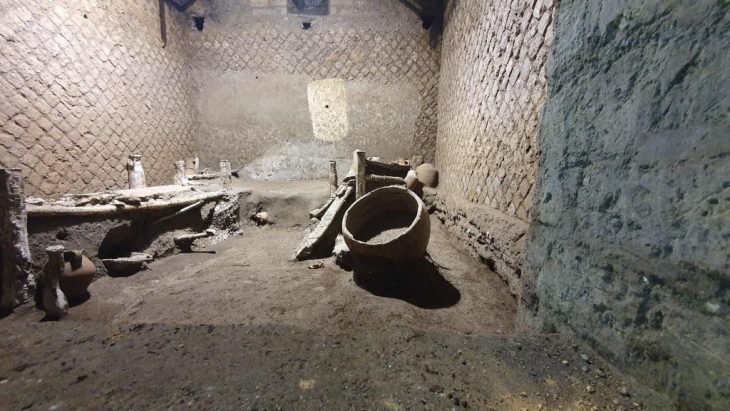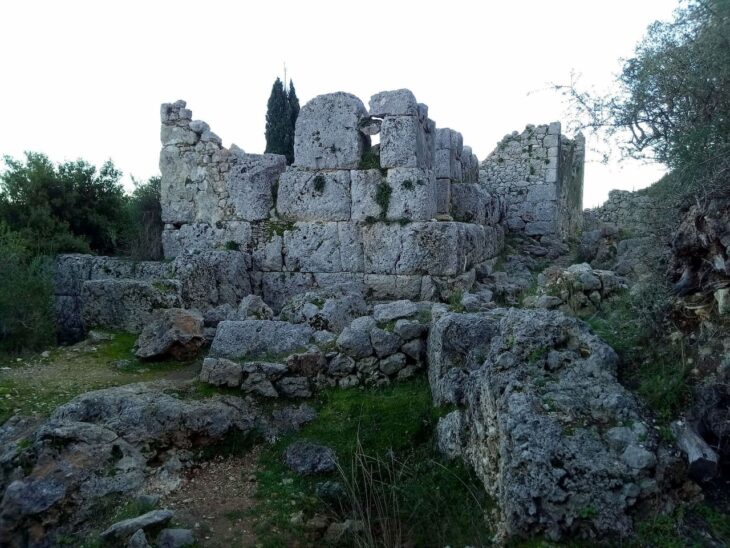Archaeologists investigating the Montelirio tholos burial site in southwestern Spain, dating back approximately 5,000 years, have uncovered that the women interred there were buried with an astonishing number of white beads, which would have been strung together to create elaborate, shimmering outfits.
Built between 2900 and 2800 BCE, the Montelirio tholos burial site is part of the extensive Copper Age archaeological area of Valencina de la Concepción in Seville. During excavations carried out between 2010 and 2011, archaeologists uncovered the largest collection of beads ever documented in a single burial at this site.
The Montelirio beads, a remarkable collection of ornaments, were integral to the unique bead outfits worn by individuals interred in the tomb, primarily women. Discovered alongside the structure known as “The Ivory Lady,” these beads have shed light on a sophisticated network of artisan production and marine resource trade, highlighting the significant role women played in social hierarchies over 4,000 years ago.
Lead study author Leonardo García Sanjuán, a professor of prehistory at the University of Seville, stated that the beads likely constituted ceremonial clothing worn by these women, who held significant social or religious roles during special occasions or ceremonies. He noted that the garments would have been quite heavy and not suitable for everyday wear. He added that many of the shells might have appeared iridescent because some of the shells still retained a mother-of-pearl effect.
A comprehensive analysis of the bead collection has revealed the prominent status of women in the society that once thrived at the Valencina site. This significant finding was detailed in a study published in the journal Science Advances highlighting the influential roles women played in this ancient community.
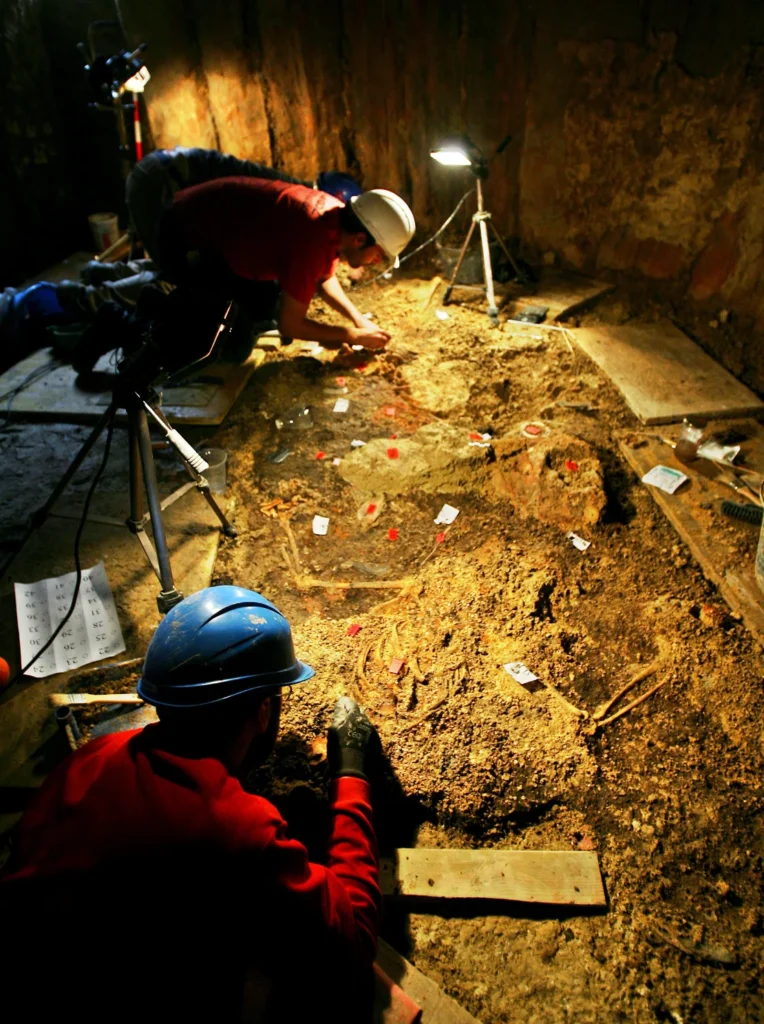
Over the past five years, a multidisciplinary team has undertaken an extensive investigation of the bead collection, employing a range of methodologies including radiocarbon dating, morphometric analysis, archaeobotany, and experimental reconstructions. This rigorous research has culminated in an unprecedented discovery: the identification of over 270,000 beads, predominantly crafted from seashells, with additional materials including stone and bone.
Researchers estimate that the collection comprises an astonishing 270,769 round beads, primarily crafted from seashells. The production of these beads would have required the labor of 10 individuals working eight hours a day for 206 days, equivalent to approximately seven months. This estimate does not account for the additional time needed to gather the scallop-like shells from the seashore, underscoring the immense effort and dedication involved in creating this remarkable assemblage.
The majority of the beads were discovered in a large chamber of the Montelirio tomb, which contained the remains of 20 individuals, including 15 women and five whose sex could not be determined. Additionally, a smaller chamber where two women were buried also held beads. While excavators have been unearthing beads at the site for years, this study marks the first comprehensive analysis of the entire collection. The researchers identified what they believe to be threaded beads that could have formed two full-body beaded tunics, skirts and other clothes or cloths of undetermined shape.
Study coauthor Marta Díaz-Guardamino, an associate professor of archaeology at Durham University in the United Kingdom, noted that many of the beads appeared to be aligned in rows covering large areas of the bodies, indicating that they likely formed some type of attire. She also pointed out that plant remains found within the beads’ perforations suggested the use of thread.
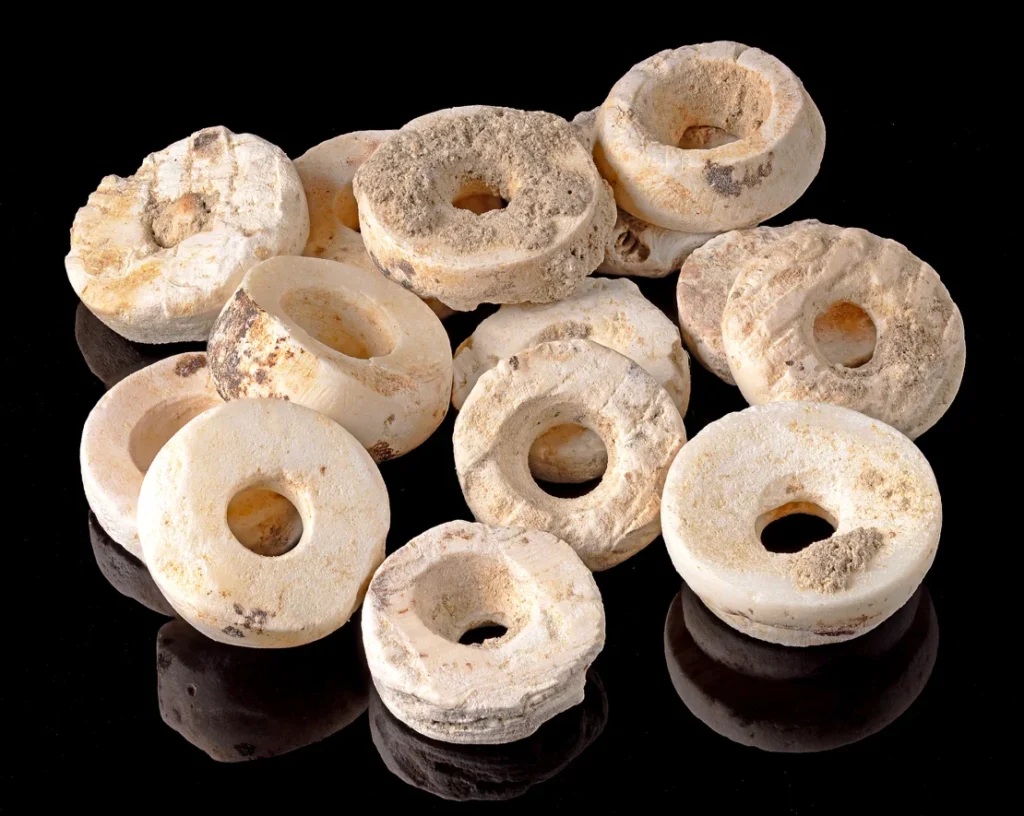
In an email to CNN, she remarked, “I think that the efforts to produce these beaded robes far exceed those required to produce a couture red carpet garment today. You would need many more hours and people invested in the production of the beads. Indeed, it would have been, altogether, an enterprise on a whole different scale with no parallels in the world yet.”
He added that the beads would have been extremely glittery under the sunlight, creating a powerful visual effect as these women stood before a crowd, performing the rituals for which they were responsible.
García Sanjuán expressed his desire to investigate whether the society at Valencina was a matriarchy during this period, a time when a more hierarchical society was beginning to emerge in Europe.
Leonardo García Sanjuán et al. ,A multi-analytical study of the Montelirio beaded attires: Marine resources, sumptuary crafts, and female power in copper age Iberia.Sci. Adv.11,eadp1917(2025).DOI:10.1126/sciadv.adp1917
Cover Image Credit: Detail of the threaded beads on attire UE 344 next to the bones of Individual 343 Credit: David W. Wheatley

